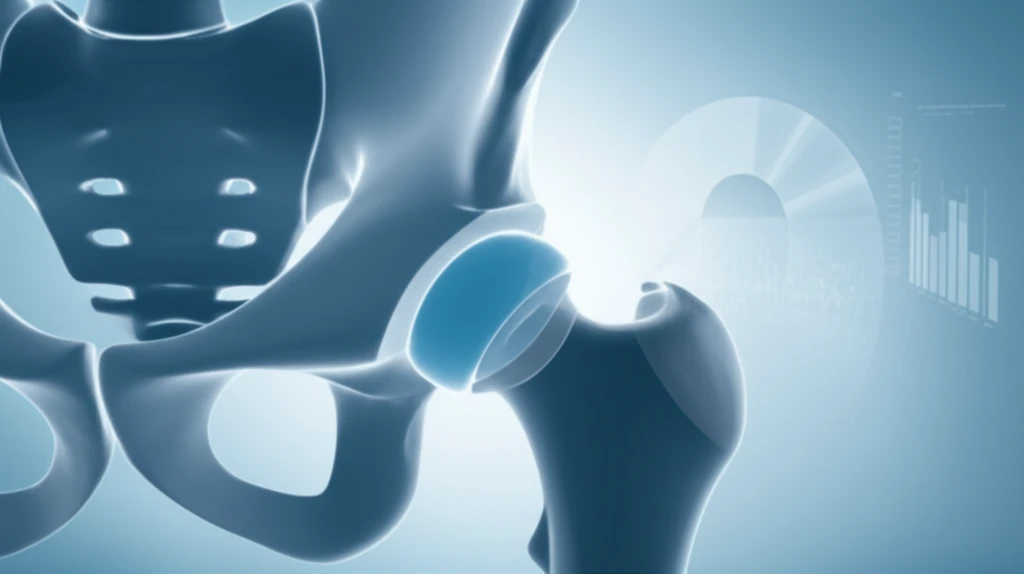
Cam Hip Morphology: Are You at Risk?
"Unveiling the prevalence and potential implications of cam hip morphology in the general population."
Femoroacetabular impingement (FAI) syndrome, a motion-related hip disorder, arises from premature contact between the femur and acetabulum. This condition often stems from specific hip shapes, including cam and pincer morphologies. Cam morphology is characterized by a flattening or convexity at the femoral head-neck junction, leading to impingement against the acetabular rim during movement.
The presence of cam morphology has long been linked to the development of hip osteoarthritis (OA). Early observations in the 1960s noted a high prevalence of cam hip shapes in patients undergoing hip arthroplasty. Later research identified FAI as a potential cause of hip OA, with studies demonstrating an increased OA risk in individuals with cam morphology.
Despite growing recognition of cam morphology's role in hip OA, its precise prevalence remains unclear. Initial systematic reviews revealed prevalence estimates ranging widely, from 5% to 75% of the general population. The lack of uniform diagnostic measures and diverse study populations hindered meta-analysis and definitive conclusions.
Understanding Cam Morphology: Prevalence and Impact

A recent study aimed to define the prevalence of cam morphology within the general population using cross-sectional imaging and a predefined diagnostic accuracy measure. The research involved screening patients presenting to University Hospitals of Coventry and Warwickshire (UHCW) after major trauma.
- 47% of subjects aged 16-65 had cam morphology.
- 56% of males and 37% of females were affected.
- The sample was broadly representative of the UK general population.
- Cam morphology was measured using cross sectional imaging.
What Does This Mean For You?
This study highlights the relatively high prevalence of cam morphology in the general population. Although the presence of cam morphology does not automatically equate to FAI syndrome, it may increase the risk of developing hip osteoarthritis.
If you experience hip pain, especially during movement, consult with a healthcare professional. Early diagnosis and management can help mitigate potential complications associated with FAI syndrome and cam morphology.
Future research should focus on prospective studies assessing the association between hip pain, clinical findings, and hip morphology to better understand the epidemiology of FAI syndrome and guide preventative strategies.
